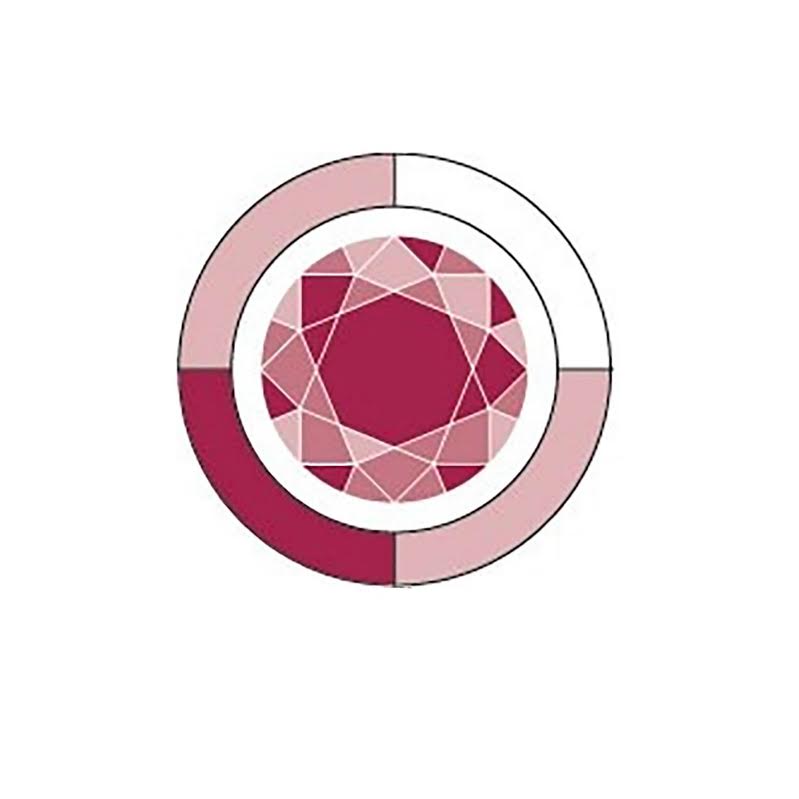With the end of March fast approaching, so too is the end of the Fringe Benefits Tax year which runs from 1 April 2020 to 31 March 2021.
While FBT returns do not need to be lodged until 21 May 2021, for many businesses, now is the time to start getting organised in relation to employee contributions for benefits, as well as record-keeping and employee declarations required.
Remember, if your business (or an associate of your business) has provided any benefits to your employees, you may be liable for FBT (Fringe Benefits Tax). This includes current, prospective or former employees as well as their associates. It also does not matter what structure you run your business as (ie sole trader, partnership, trustee, corporation, unincorporated association etc), if a benefit was provided in respect of employment, then it may be a fringe benefit.
There are many fringe benefits that may prove confusing for businesses that have not dealt with the tax before, but an easy way to figure out whether your business may be liable for FBT is to ask a few simple questions:
-
- Did you provide any cars or other vehicles for employees to use?
- Did you lend any money to employees or waive a debt owed by an employee?
- Did you pay for or reimburse an employee’s non-business-related expense (eg school fees for children, general living expenses, mortgage payments, etc)?
- Did you provide any house or other accommodation to your employees?
- Did you provide any food, drink, or recreation to your employees?
All of the above activities and more can attract FBT. In total, there are 13 different types of fringe benefits each with its own specific valuation rules.
Here’s a video explanation for Small Business by the ATO. https://www.ato.gov.au/General/fringe-benefits-tax-(fbt)/
While the FBT tax rate of 47% may seem fearsome, there are ways to reduce the amount of FBT your business may have to pay. One of the simplest is to ask your employees to make payments towards to cost of providing the fringe benefit (eg employee contributions). However, it should be noted that employee contributions must be paid out of the employee’s after-tax income and a contribution towards a particular fringe benefit cannot be used to reduce the taxable value of any other fringe benefit.
Generally, any employee contributions made to the business will need to be included in the assessable income of the business. Although for particular benefits, for example, car fringe benefits, employees can pay a third party for various operating costs such as fuel or insurance that can be counted as an employee contribution (as long as they are not reimbursed by the business) and do not have to be included in the assessable income of the business.
Your business can also take advantage of various exemptions or concessions to reduce your FBT liability, but beware that adequate records need to be kept including declarations by employees, invoices and receipts. As a general rule, you should keep the documents for at least 5 years from when the relevant FBT return is lodged.
 We can help you bring your small business documentation and payments together to assist you in FBT submissions for this year.
We can help you bring your small business documentation and payments together to assist you in FBT submissions for this year.
Don’t leave it to the last minute, simply reach out and we’d be more than happy to assist. Email nadine@garnetaccounting.com.au or click to book an appointment below.

